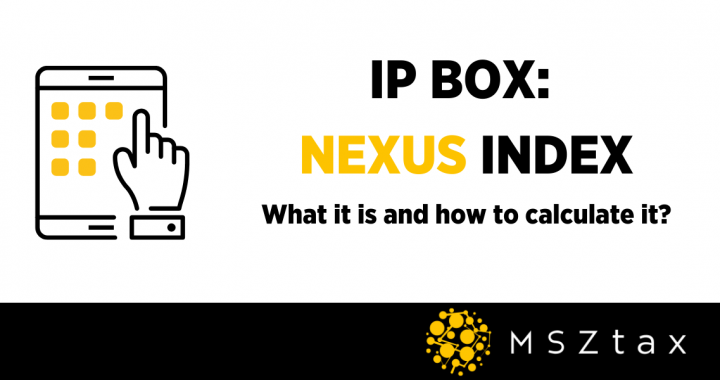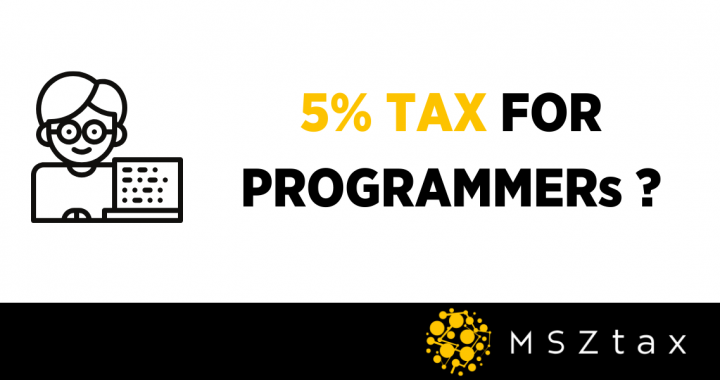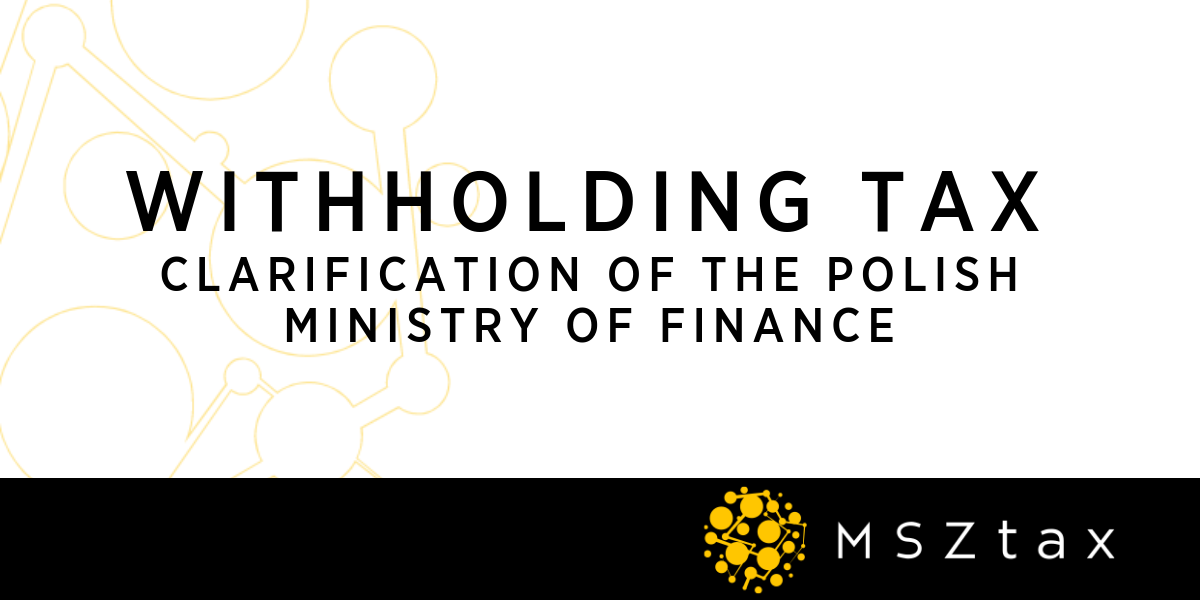As of the beginning of 2019, a number of significant changes in transfer pricing have come into effect. As is clear from the justification for the act amending the regulations, the changes introduced aimed at simplifying existing regulations and adapting them to the ever-changing legal and economic environment, as well as taking into account the OECD acquis. The number of changes is substantial and some of them – such as, for example, the introduction of safe harbours – will surely be received positively. However, there is no shortage of such changes that impose additional obligations to comply with when preparing transfer pricing documentation for 2019 in Poland in accordance with the new regulations.
Fewer taxpayers will prepare transfer pricing documentation for 2019
One change that taxpayers will be glad to see is modification of the mechanism for the determination of the obligation to prepare transfer pricing documentation. Previously, an assessment of whether TP documentation should be prepared for a given transaction involved taking into consideration the taxpayer’s income and costs as well as the value of the transaction. In practice, this meant a two-stage mechanism of verification of the documentation obligation, dependent on two criteria.
The new regulations change the mechanism in such a way that the only criterion to be taken into account now in assessing the documentation obligation is the criterion of the transaction value. As the same time, the new regulations increase the existing value thresholds, which will be as follows for particular transactions:
- PLN 10,000,000 for commodity and financial transactions; and
- PLN 2,000,000 for service and other transactions.
The change in the mechanism for the determination of the documentation obligation means that some taxpayers who have been required to prepare the documentation up until now will no longer be obliged to do so. It should be noted, however, that abandoning the income and costs criterion may make some taxpayers who have been released from the obligation to prepare documentation precisely because of not meeting the amount thresholds in this respect obliged in light of the new regulations to prepare documentation precisely because of exceeding a transaction value threshold.
Deadlines for submitting transfer pricing documentationfor 2019
Other good news for taxpayers is the extension of deadlines for submitting a declaration of preparation of local transfer pricing documentation (Local File) and a transfer pricing report. In light of the new regulations, the deadline will be 9 months after the end of the fiscal year. Also extended is the deadline for preparing group transfer pricing documentation (Master File), which will be 12 months after the end of the fiscal year.
Local File documentation – additional elements
The new regulations also introduce additional obligations regarding the elements of the transfer pricing documentation prepared by taxpayers. The most important change regarding the Local File is the obligation to prepare comparability analyses (benchmarking studies) for all transactions subject to the documentation obligation. An exception to this rule is, however, provided, under certain conditions, for low value adding services and loans.
As a reminder, under the previous legal situation, only taxpayers exceeding a specific income or cost threshold were required to meet this obligation. This means, above all, that a Local File prepared in accordance with the new regulations should include a reference between a specific price and the results of the comparability analysis, and reasons for any possible deviations. The obligation to include a benchmarking study in a Local File should particularly come to the attention of taxpayers who update documentation prepared in previous years.
Transfer pricing analysis – justification for market-based nature of transaction according to new rules
The amended regulations standardise existing terminology referring to the issue of verification of whether a transfer price is market-based. A new term has been introduced into the regulations – transfer pricing analysis, which covers a comparability analysis and a compliance analysis. In light of the new regulations, the rule will be to prepare a comparability analysis on the basis of internal data for transactions with related and unrelated parties. Should it prove impossible to prepare a comparability analysis for a given transaction or should it be inappropriate due to the transfer pricing verification method used by the taxpayer (e.g. the pricing method), a “compliance analysis” must be prepared to demonstrate compliance of the terms of the controlled transactions with the arm’s length principle. It was decided that details in this respect should be specified in regulations, which can be found here for CIT payers (in Polish only) and here for PIT payers (in Polish only).
Changes to Master File
Also amended are regulations for the group transfer pricing documentation (Master File). The obligation to prepare a Master File will now apply only to taxpayers who are obliged to prepare local transfer pricing documentation and belong to a group:
- for which consolidated financial statements are prepared;
- whose consolidated revenues in the previous financial year exceeded PLN 200,000,000 or its equivalent in another currency.
Also, what makes it much easier to fulfil the Master File obligation is the possibility of using documentation prepared by another entity in the group. In such a case, a taxpayer who makes use of this possibility will not be required to prepare its own documentation.
Transfer pricing documentation for 2018 and new regulations
Regarding transactions or other events taking place with related parties in 2018, both definition of the scope of the transfer pricing obligations imposed on the taxpayer and the detailed scope of the particular obligations should be determined on the basis of statutory provisions and regulations for 2018. This means that a taxpayer should, in principle, prepare their documentation for 2018 on the basis of provisions for 2018.
However, a specific solution has been provided for regarding 2019 – in accordance with transitional provisions, it is possible to choose new regulations (in force from 1 January 2019) for all controlled transactions from 2018. Where such a choice is made, the new regulations apply to the entire documentation. Taxpayers should therefore consider which regulation should be more beneficial to them and allow them to prepare their documentation with less workload or even to be released from the obligation to prepare it.
CIT/TP and PIT/TP forms and TR-R form
The amendment to the regulations has also introduced a new “transfer pricing report” (TP-R) form. It will replace the simplified PIT/TP and CIT/TP forms submitted until now. What is important, the new form will apply only to fiscal years beginning after 1 January 2019, hence, only to documentation filed for 2019. This means that taxpayers will be required to file a simplified report on the CIT/TP or PIT/TP form for 2018, provided that they are obliged to do so in accordance with provisions for 2018.
The obligation in this respect is not affected by the possible choice to apply provisions being in force from 1 January 2019. As pointed out by the Ministry of Finance in its clarification, this is because the transitional provisions do not apply to transfer pricing reports (TP-R).
Safe harbour – when agreed prices (transaction terms) may not be challenged
The new regulations also introduce the so-called safe harbour principle – meaning situations where tax authorities may not challenge adopted settlement rules. Of course, this may be the case only where the guidelines indicated in the law were observed.
Safe harbour – Safe loans / crediting
The first example of such a safe harbour is the determination of taxation rules for shareholder loans. There are provisions introduced to the CIT and PIT law that prevent tax authorities from challenging interest rates agreed in loan agreements if they were determined in accordance with the Regulation of the Minister of Finance. More on safe loans can be found in the article safe interest rate on shareholder loan.
Safe harbour – low value adding services
Another safe harbour applies to so-called low value adding services. If, in respect of such services, remuneration is determined on a cost plus basis (hence, de facto as reimbursement of the costs incurred + specific margin percentage) and the company providing or buying the services in question has appropriate documentation (simplified in relation to the standard transfer pricing documentation), the tax authorities will not challenge the settlement rules adopted. But, as always, the devil is in the detail. First, in the list of low value adding services, and secondly, in the margin level.
The list of low value adding services was indicated in an annex to the PIT/CIT law. It includes, among others, accounting, financial or HR services which meet additional requirements. In turn, the margin is a maximum 5% for a party buying services and a minimum of 5% for party selling services. It is also necessary to meet additional conditions – to be covered soon.
****
If you have any questions on transfer pricing documentation for 2019 or the one for 2018 – feel free to reach me! You can write me an e-mail or leave the comment below!
***
If you are interested in the Polish tax issues, you may also like:
Solidarity tax in Poland – new tax for the wealthiest from 2019
Withholding tax in Poland – changes in 2019
If you wish to read more about waht Polish Ministry of Finance thinks about transfer pricing you should visit its page (infortuanettly in Polish only).
[ssba-buttons]



